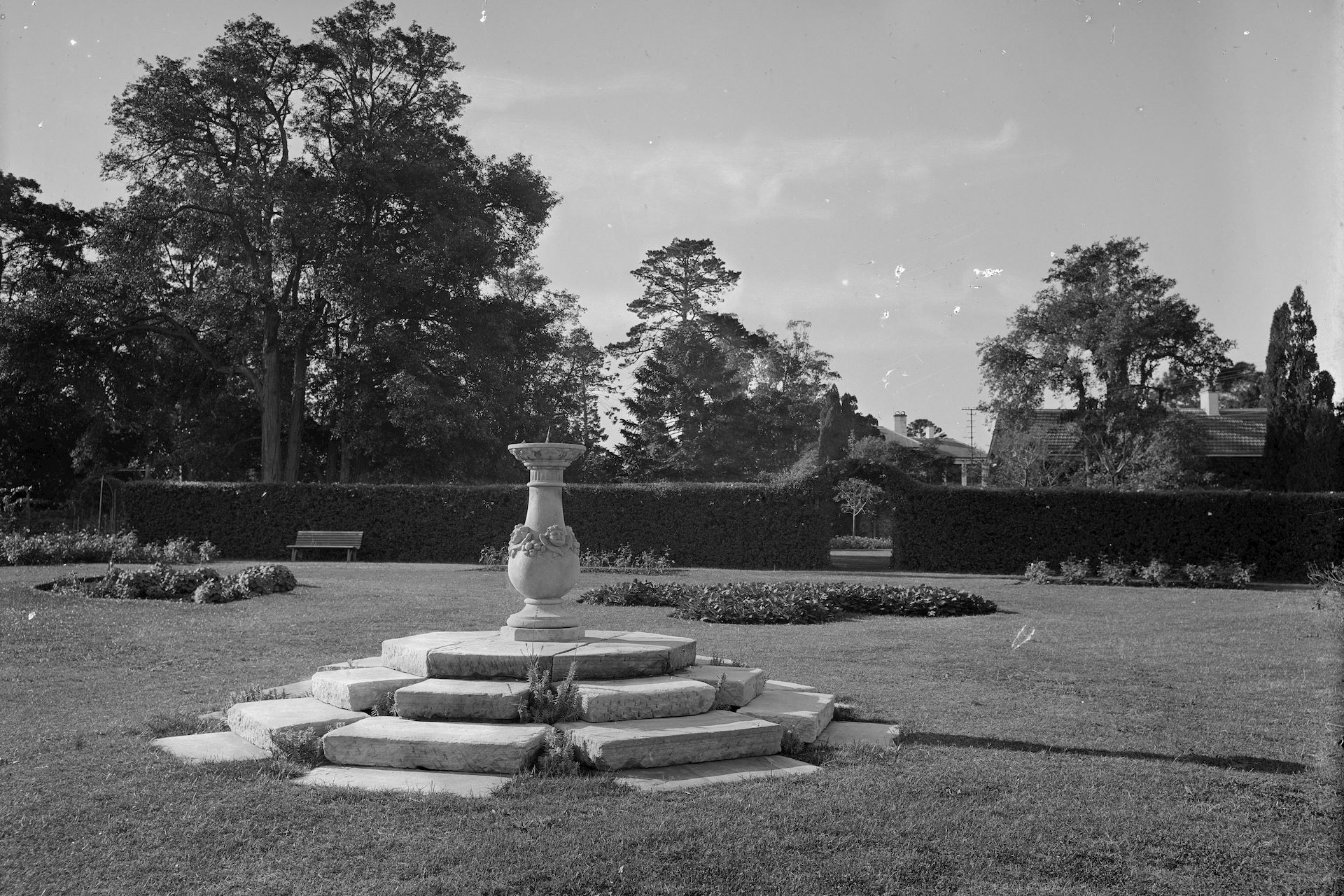Sculptures of Yaralla Estate
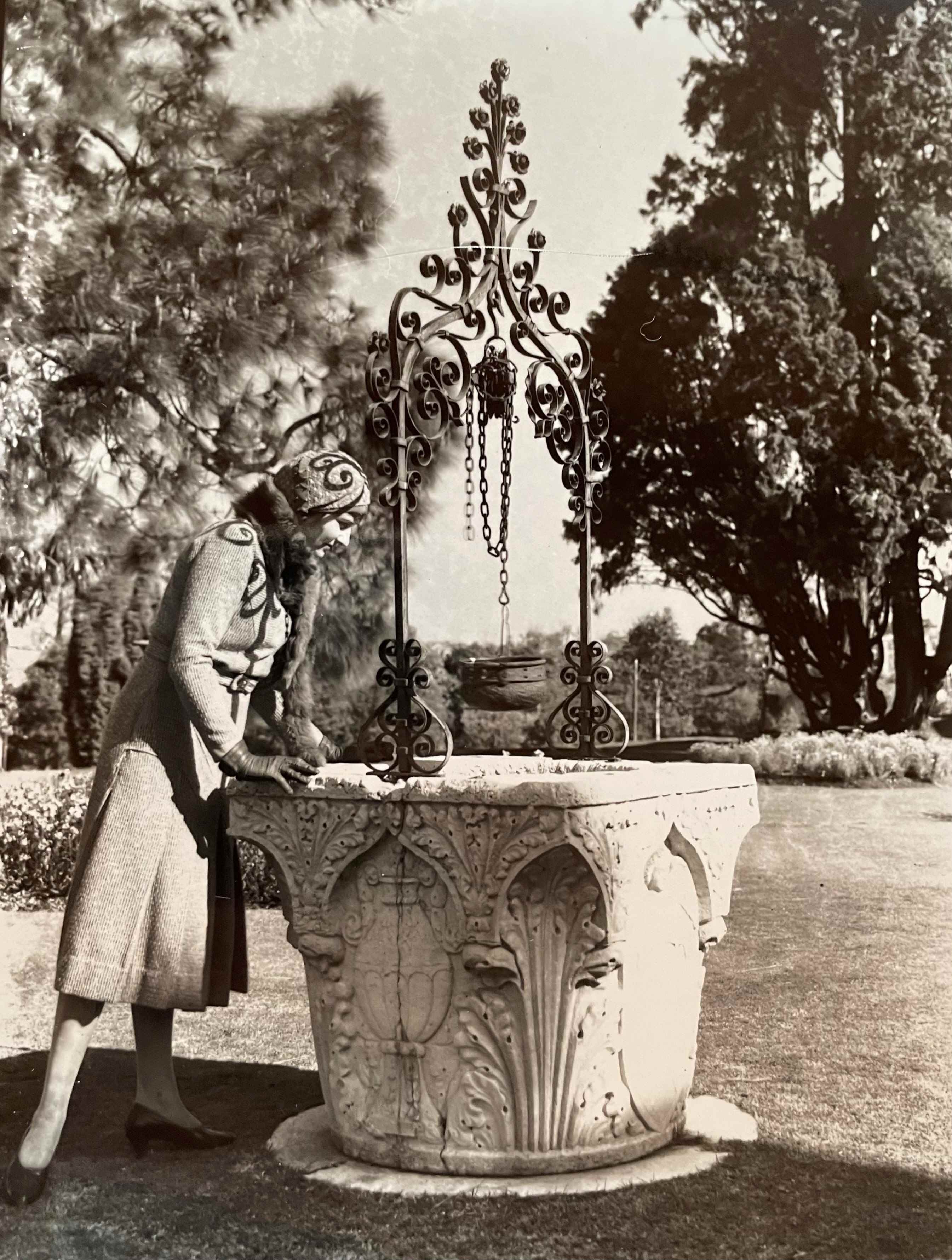
Carved from Istrian stone, an Italian Limestone, it’s believed the Yaralla Estate Wishing Well was purchased by Thomas Walker during a European tour. The well contains an ornamental head carved with four reliefs – a lion, a vase, a griffin within an oval laurel wreath, and a cloaked winged figure with a halo holding a shield bearing a coat of arms. The reliefs are bordered by acanthus leaves with carved foliate decorated arches.
Following the death of Dame Eadith, the wishing well was sold in 1939 at auction by Sydney-based auction house, Lawsons, for 55 guineas (equivalent to about $5235 today).
In 2017, the well was identified by an Australian Heritage Specialist, in the front garden of Westbridge House, Yarralumla in the ACT. After several discussions and monetary offers Sydney Local Health District and the Canada Bay Heritage Society purchased the well and returned it to its original location at Yaralla Estate. The original location was found by studying several heritage photographs in the society’s collection, and through information from a member whose father was head gardener at Yaralla in Dame Eadith’s time.
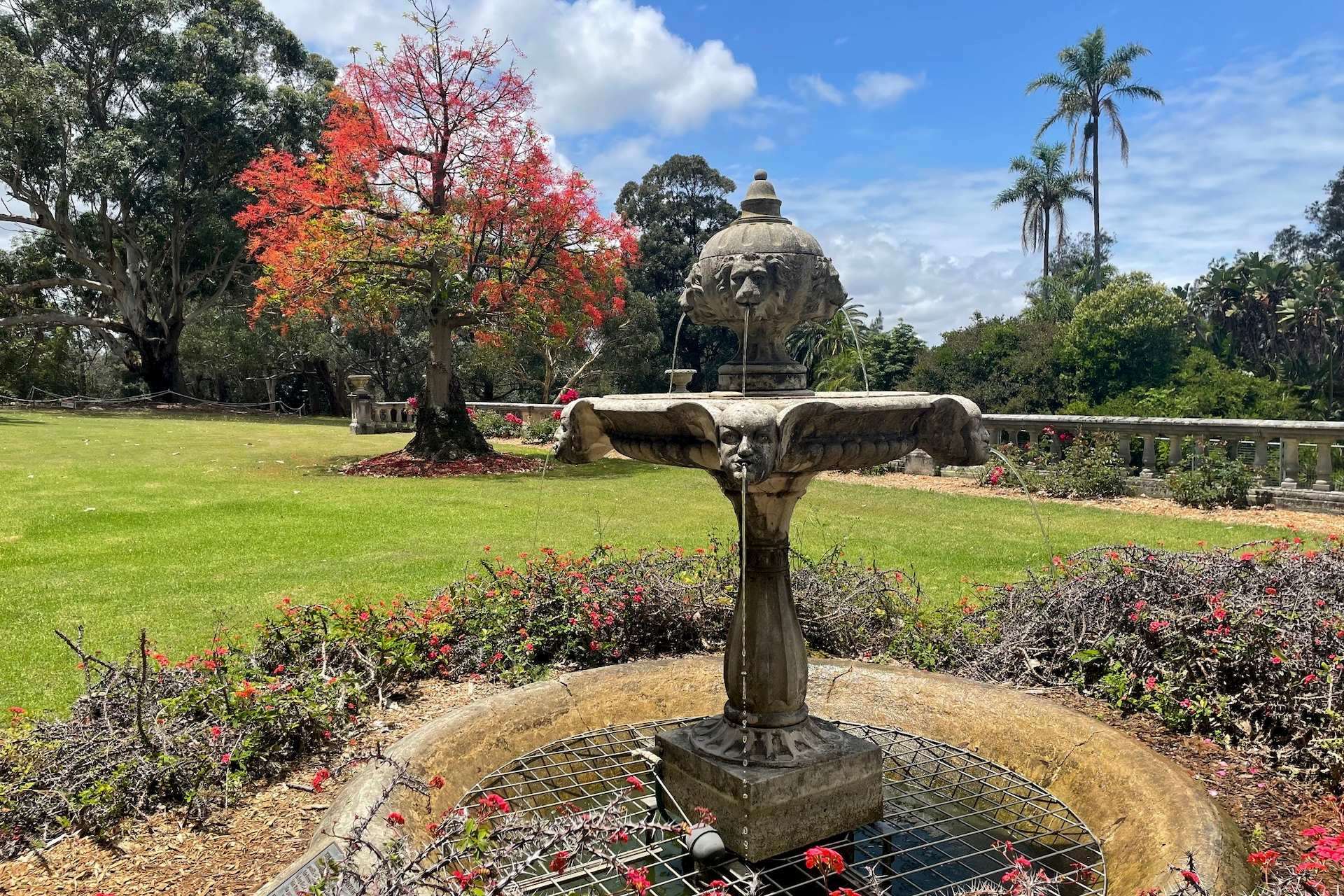
The Four Winds Fountain is located within the Italian Garden on the estate. The Italian Garden was established by Thomas Walker around 1860 and forms an important part of the landscape of the estate. The formal garden contains the Four Winds Fountain, an Italianate Balustrade and remnants of original planting beds.
Carved from sandstone, the decorative fountain contains a main bowl partially sunk below ground level. Above are a series of small bowls and figureheads representing the four winds from the North, South, East and West. The fountain was restored in 2003.
Restoration of this fountain was made possible by the generous bequest of the late Liane Poulton, a long-time resident of Concord who loved this estate and passionately advocated the preservation and maintenance of “Yaralla” for the benefit of all.
– Plaque text
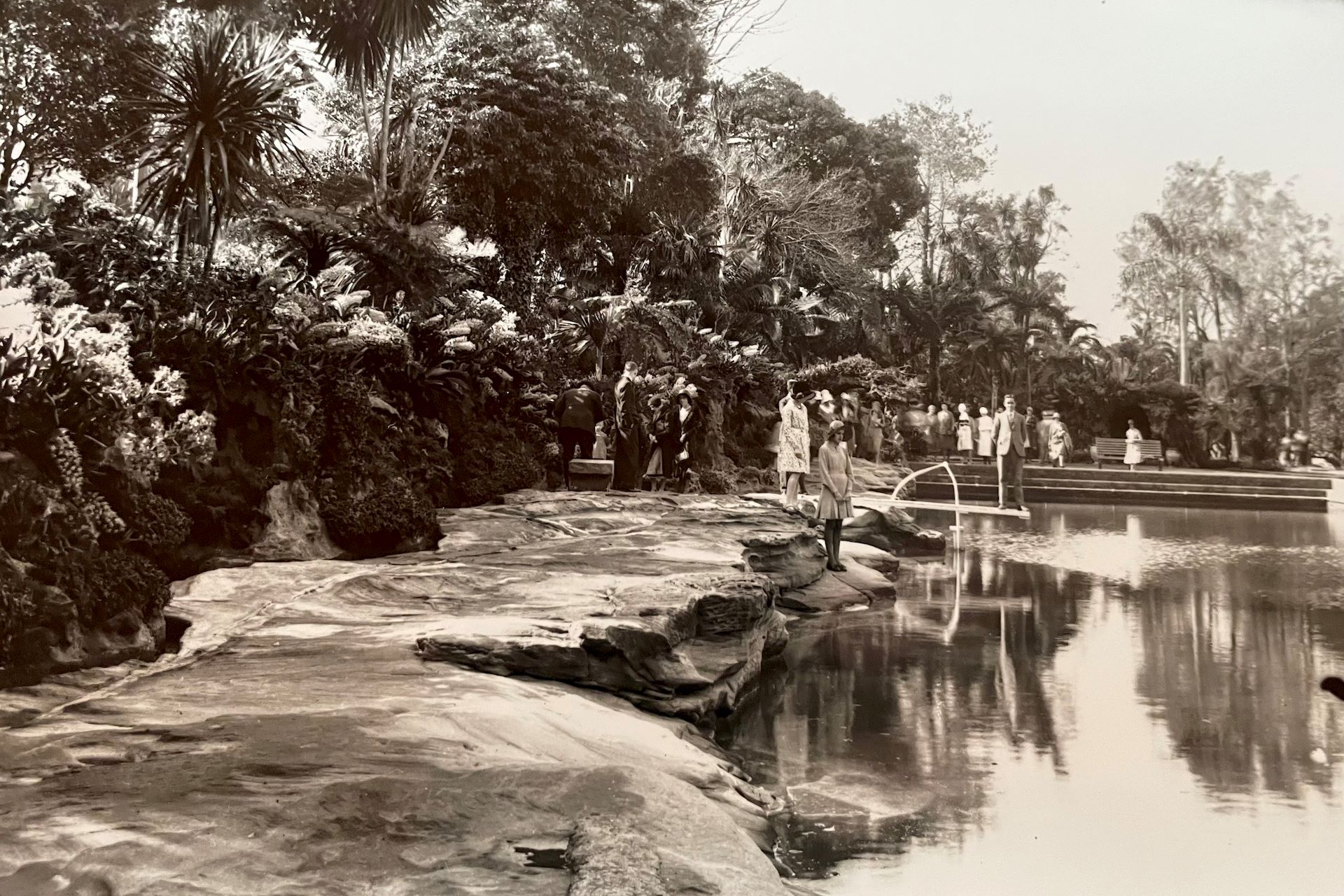
The Grotto Pool was built between 1890-1900 and would have been one of the largest private swimming pools of its time. The swimming pool featured natural sandstone rock on one side and was enclosed with brick on the other. It contained its own pumping station to ensure a clean supply of water and was said to have the capacity to create gentle waves. The swimming pool was demolished in the 1970s.
Stone used in the construction of Yaralla House was quarried onsite, and the subsequent quarry was turned into a swimming pool complete with pumphouse, pumping water from Yaralla Bay.
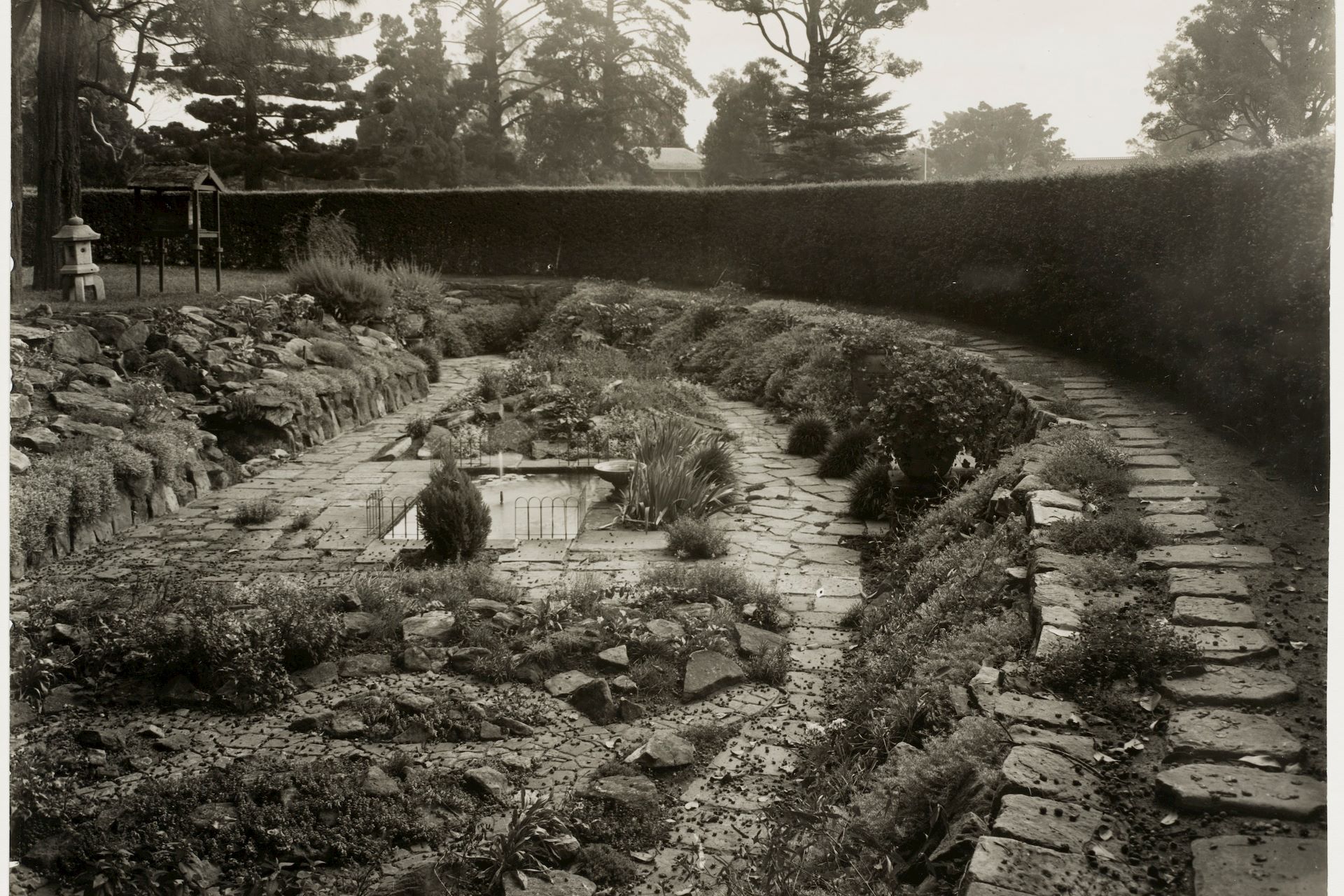
The Sunken Garden was constructed in 1927 by European stonemasons. Located to the West of the house, it was once fed by a rivulet (now dry) and is one of a number of gardens established by Dame Eadith during her residence at Yaralla House. It was thought to be designed by Dame Eadith’s head gardener and incorporates some of the then current landscape features such as the use of stone as pavers and dry rock garden walls. The garden features a central pond, ‘lovers knot’ and stone seats.
When I was ten, I felt that Yaralla gave you a sort of soft feeling as you stroll through the Lavender Walk, play in the grottos and the Sunken Garden. I loved the stables, the open paddocks, the horses and wildlife, and listening to the wind rattling the bamboo. These are treasured memories from my childhood, and experiences that still send tingles up my spine whenever I’m at Yaralla.
— Excerpt from a speech by Naomi Hart to protest developments of Yaralla Estate
